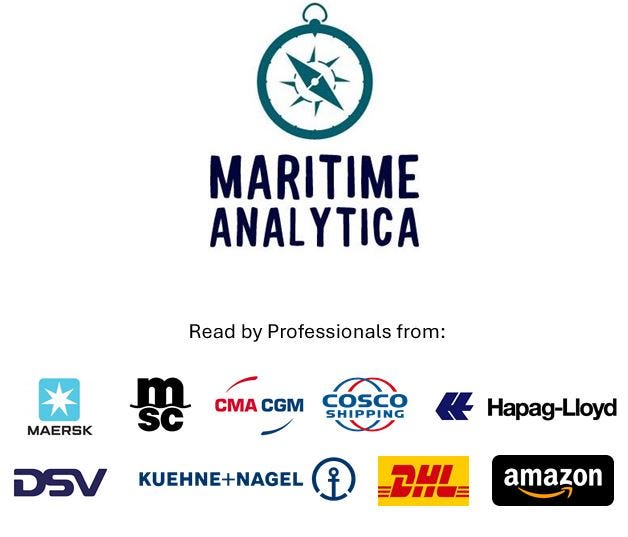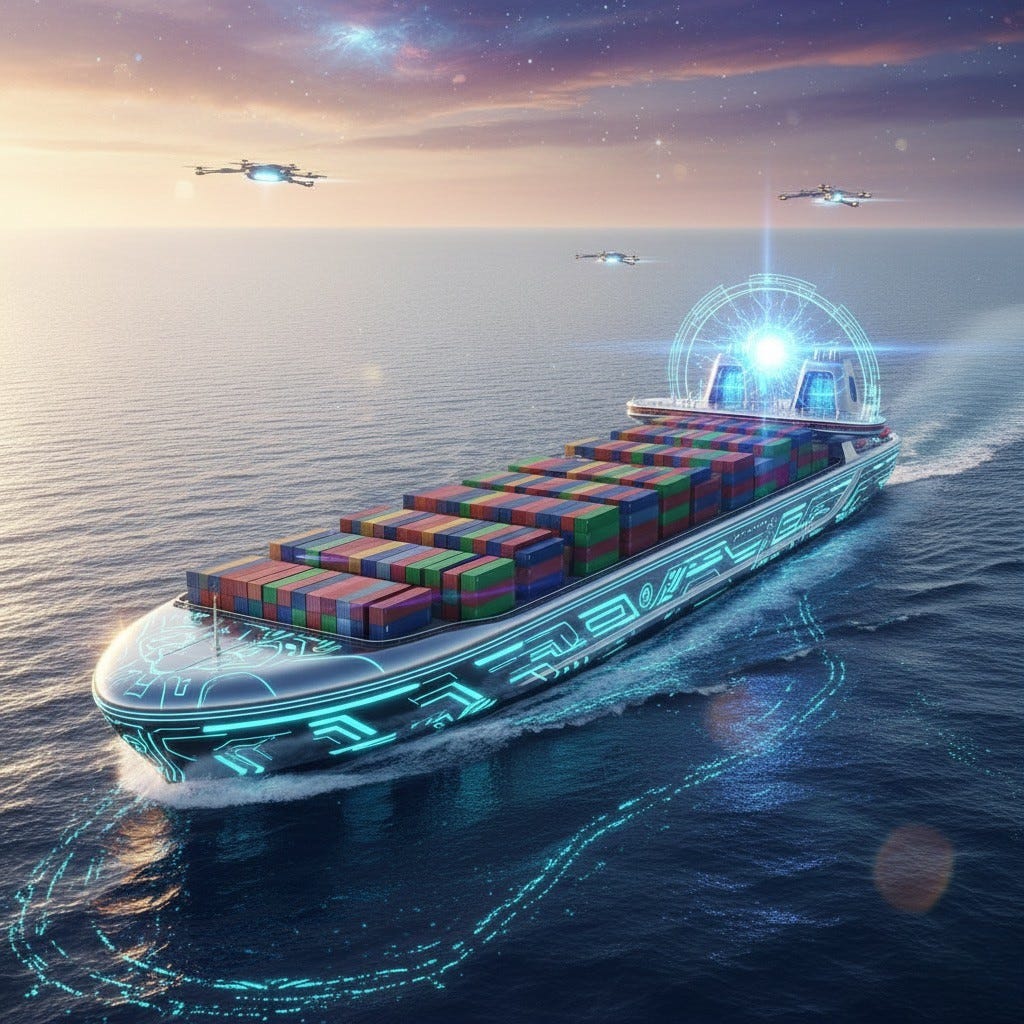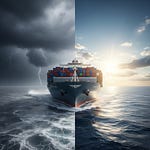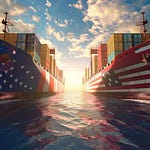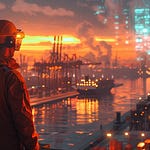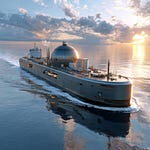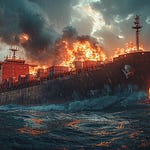🎖️Join Us / ✨CEO Insight / 📊Exclusive Report / 🎥YouTube / 🎧Spotify / 🌍Sponsorship / 🏛️About Us
🔥 Greetings, Maritime Mavericks!
Once upon a time, the ocean was supposed to glow — not from pollution, but from power.
In 1959, the NS Savannah slid into the Delaware River, promising a new atomic age at sea.
No oil. No smoke. No limits.
The future of clean propulsion had arrived.
Then it vanished.
60 years later, as the shipping industry races toward net zero, one haunting question is back on the table:
Did we abandon the most powerful decarbonization tool too soon?
⚙️ The Dream That Sailed — and Sank
🌍 A Planet Still Running on Oil
🔬 The New Atomic Hope
⚖️ The Atomic Equation
🚢 Who’s Onboard?
🕰️ A Race Against Time
🏅 Maritime Analytica - Big Picture
Ready? Let’s dive …
⚙️ The Dream That Sailed — and Sank
The NS Savannah was the world’s first and last U.S. nuclear cargo ship.
She could circle the planet 14 times without refueling — and produced zero emissions.
But the economics never worked:
Built for $46 million (today ≈ $500M)
Needed $2M yearly subsidies
Carried only 10,000 tons of cargo
And faced global port bans over nuclear fear
By 1970, the ship was retired. The atomic era of shipping ended before it began.
🌍 A Planet Still Running on Oil
Fast-forward to 2025.
Merchant ships carry 80% of global trade and emit as much CO₂ as Japan.
The IMO wants net zero by 2050, but e-fuels, methanol, and ammonia can’t solve it alone.
They’re cleaner — but expensive, short-range, and slow to scale.
Meanwhile, bunker oil still rules.
Dirty. Cheap. Endless.



